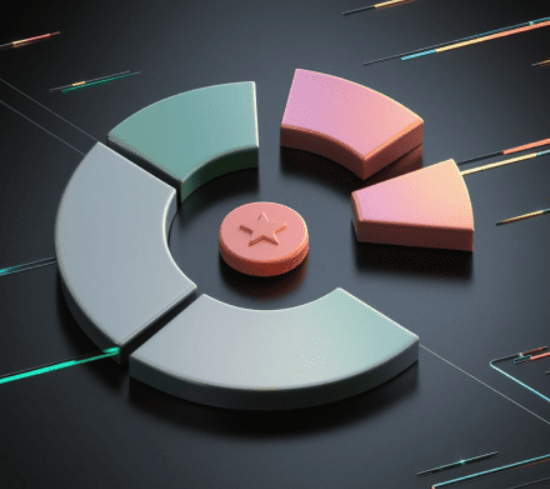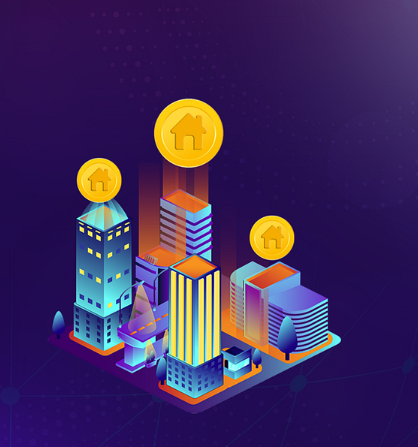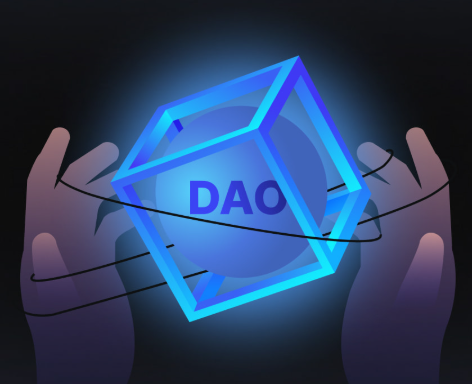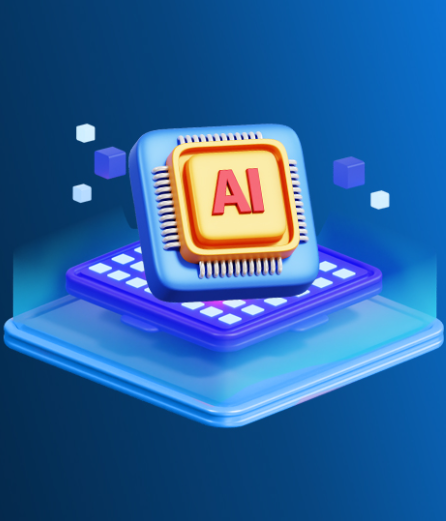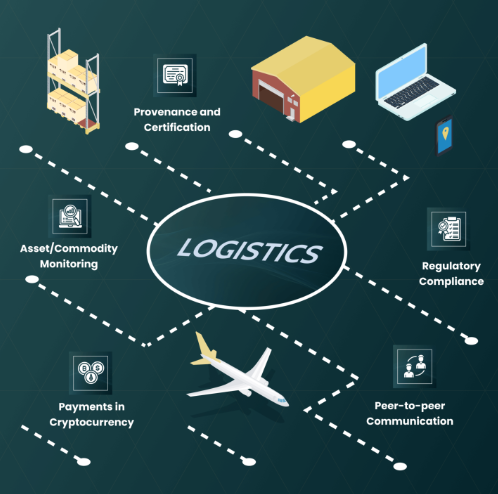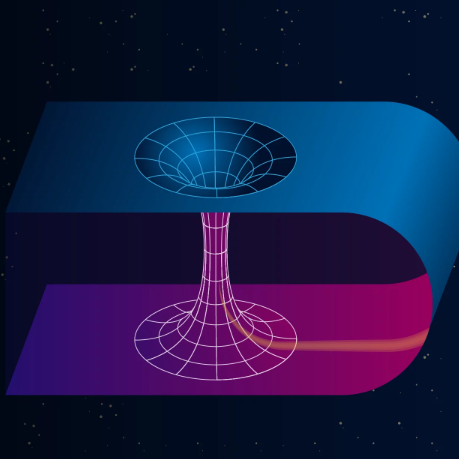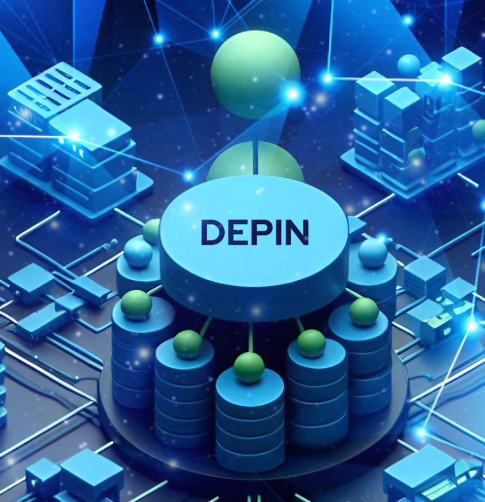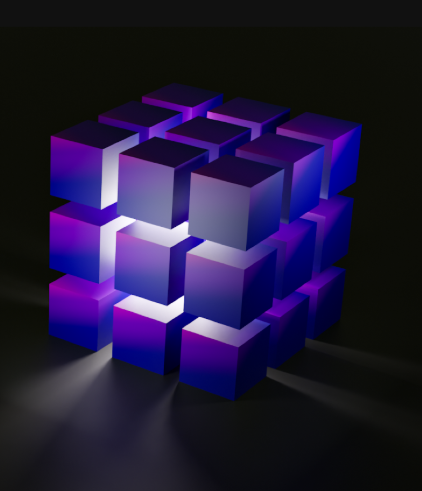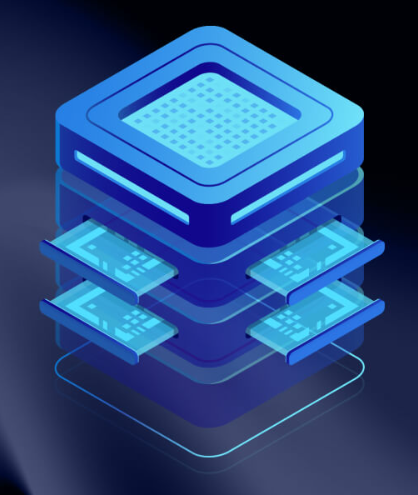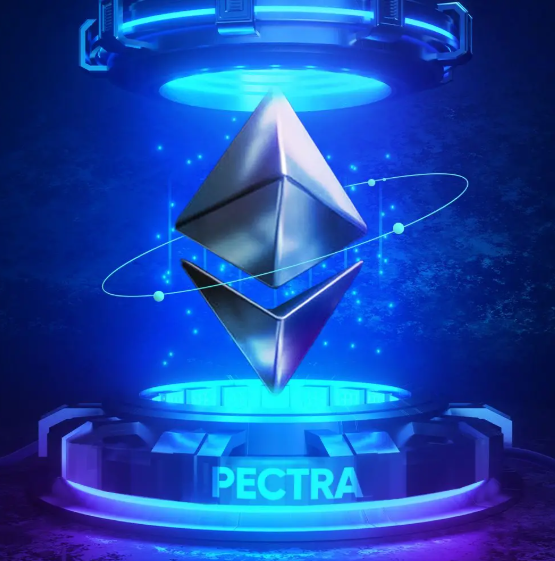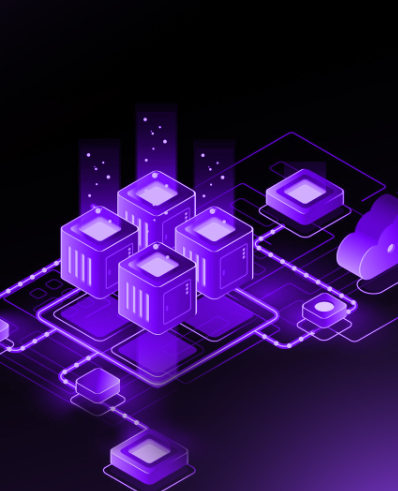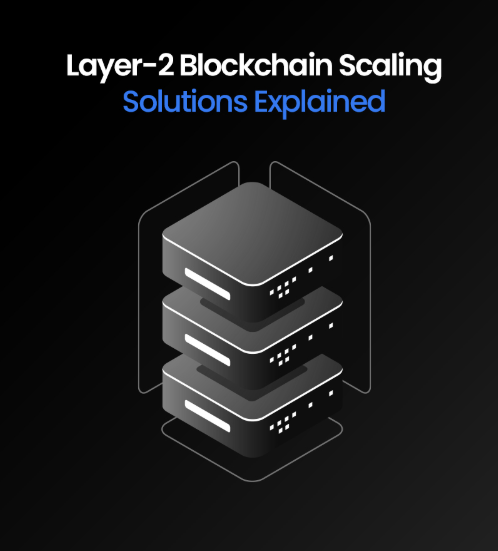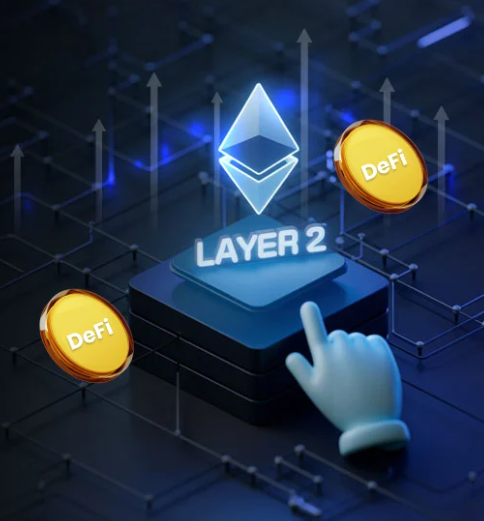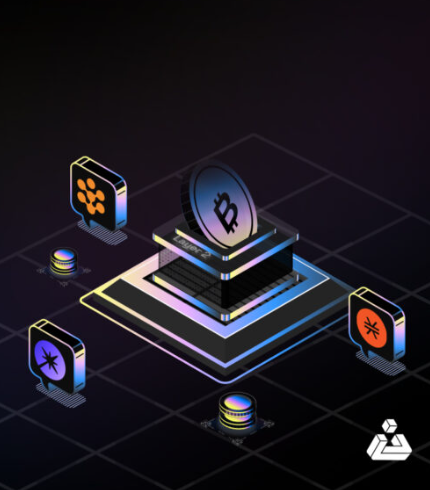
Bitcoin, the pioneer of cryptocurrencies, revolutionized the financial world with its decentralized blockchain. However, as its popularity has grown, so have the challenges related to transaction speed and costs. To address these issues, Bitcoin Layer-2 solutions were introduced. These solutions aim to make Bitcoin transactions faster, cheaper, and more scalable, enabling it to support broader use cases. Let’s explore how Layer-2 networks work, why they’re necessary for Bitcoin’s future, and some of the top projects transforming the network in 2025.
Why Bitcoin Needs Layer-2 Solutions
Layer-2 networks are protocols built on top of the main Bitcoin blockchain (Layer-1) to improve its functionality:
- Scalability: Bitcoin’s base layer can only handle about 7 transactions per second (TPS), far below what is needed for widespread daily use. Layer-2 solutions can push this number into the thousands, enabling Bitcoin to handle large-scale transactions.
- Cost Efficiency: Bitcoin’s transaction fees can skyrocket during periods of congestion. Layer-2 solutions process transactions off-chain, significantly reducing costs and making Bitcoin more affordable for users.
- Expanded Functionality: Bitcoin was originally designed as a store of value and didn’t support complex smart contracts or decentralized applications (dApps). Layer-2 solutions, like Stacks, introduce smart contract capabilities to Bitcoin, making it more versatile and appealing to developers and users.
How Bitcoin Layer-2 Solutions Work
Bitcoin Layer-2 solutions typically work by moving transactions off the main blockchain and into separate networks:
- State Channels: The Lightning Network is the most well-known example of a state channel. It allows users to open off-chain payment channels between two parties, enabling nearly instant and low-cost transactions. Only the final balance is recorded on the Bitcoin blockchain, making this method ideal for microtransactions.
- Sidechains: Projects like the Liquid Network operate parallel to Bitcoin, where assets are pegged to Bitcoin but transactions occur on the sidechain. These networks provide faster confirmation times and features like confidential transactions.
- Rollups: Rollups aggregate multiple transactions into a single batch, which is then added to the Bitcoin blockchain. Merlin Chain, which uses ZK-Rollups, demonstrates this method, providing both privacy and scalability.
Challenges for Bitcoin Layer-2 Solutions
Although Layer-2 solutions offer significant benefits, they also face several challenges:
- Technical Complexity: The intricate nature of Layer-2 networks can make them difficult for users to understand and use, hindering widespread adoption.
- Liquidity Concerns: Funds locked in payment channels or sidechains can limit liquidity, restricting financial flexibility and usability.
- Centralization Risks: Some Layer-2 solutions may lead to centralized control, which runs counter to Bitcoin’s foundational principle of decentralization.
- Interoperability Issues: Different Layer-2 networks often struggle to work together, creating a fragmented ecosystem that complicates user experience and integration.
Leading Bitcoin Layer-2 Projects
Here’s a closer look at some of the top Layer-2 projects for Bitcoin:
- Lightning Network: The Lightning Network is the most established Bitcoin Layer-2 solution, enabling off-chain transactions through state channels. It allows for nearly instant payments, low fees, and enhanced privacy through onion routing, making it ideal for daily transactions.
- Stacks (STX): Stacks brings smart contract functionality to Bitcoin, enabling decentralized applications (dApps) using its Clarity programming language. It integrates with Bitcoin’s security model, allowing Bitcoin to expand into the decentralized finance (DeFi) ecosystem.
- Merlin Chain: Merlin Chain uses Zero-Knowledge Proofs (ZKPs) to compress transactions, offering scalability while ensuring privacy. It’s designed to enhance Bitcoin’s functionality for DeFi, NFTs, and other blockchain applications, opening up new possibilities for Bitcoin’s use.
- MAP Protocol: MAP Protocol focuses on cross-chain interoperability, allowing Bitcoin to seamlessly interact with other blockchains without intermediaries. This infrastructure facilitates the transfer of assets across different networks, improving Bitcoin’s usability and security.
- Rootstock (RSK/RIF): Rootstock brings Ethereum-compatible smart contracts to Bitcoin through merge-mining. This allows developers to build decentralized applications (dApps) on Bitcoin, expanding its programmability and use cases while maintaining Bitcoin’s security.
The Future of Bitcoin Layer-2 Solutions
The future of Bitcoin Layer-2 solutions looks promising, with several developments expected in the coming years. As technology improves, these solutions will become more robust and user-friendly, paving the way for broader adoption. The integration of Layer-2 networks with traditional finance (TradFi) could create innovative financial products that bridge decentralized and centralized systems. Improving user experience will be a key focus, with developers working to make these technologies more accessible through intuitive interfaces and simpler designs.
Conclusion
Bitcoin’s Layer-2 solutions play a crucial role in addressing the network’s scalability and transaction cost issues. By moving transactions off-chain, these solutions make Bitcoin more suitable for everyday use, expanding its potential as a global payment network. With top projects like the Lightning Network, Stacks, and Merlin Chain pushing the boundaries of what Bitcoin can do, the future of Bitcoin looks brighter than ever.









